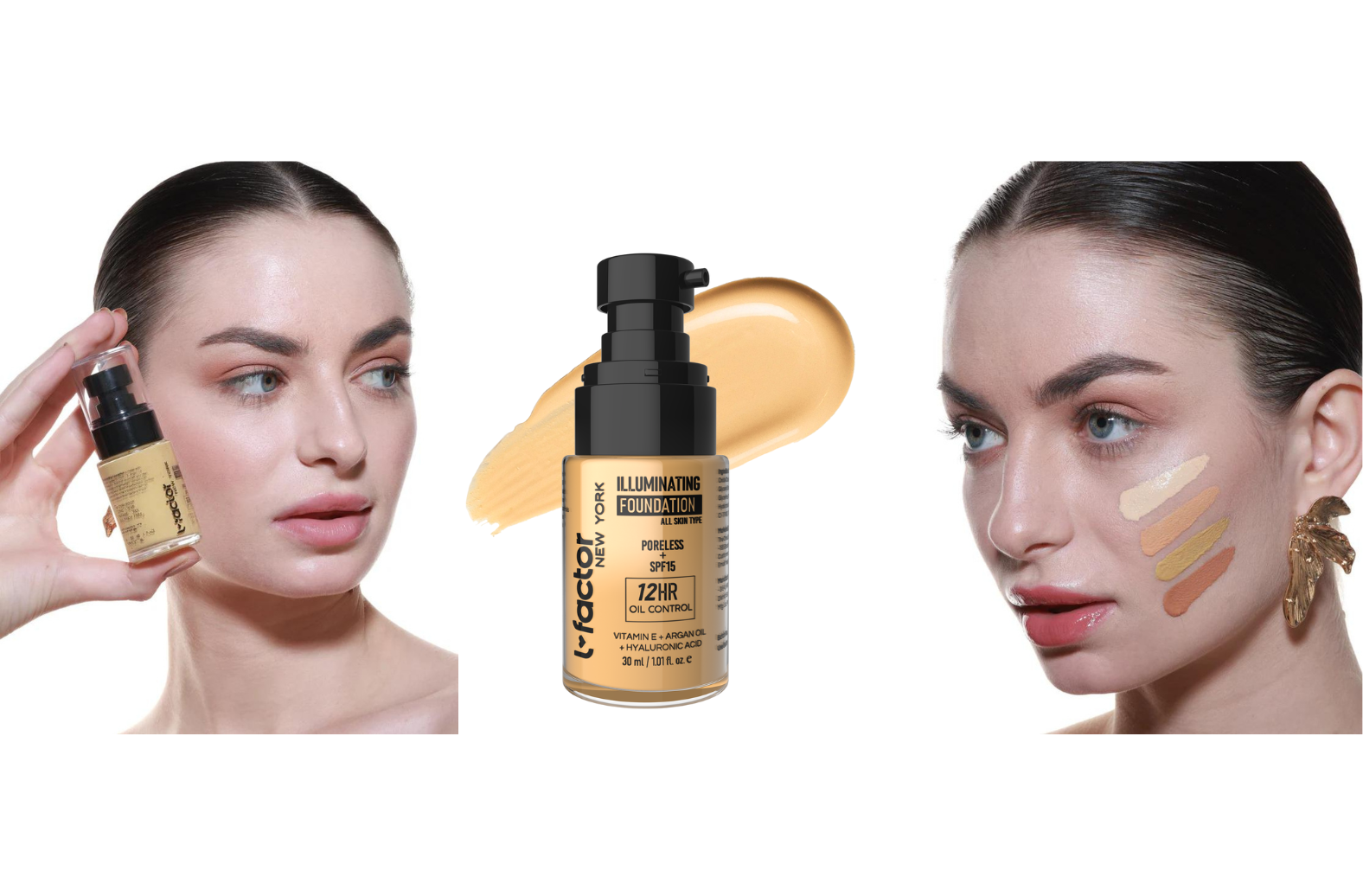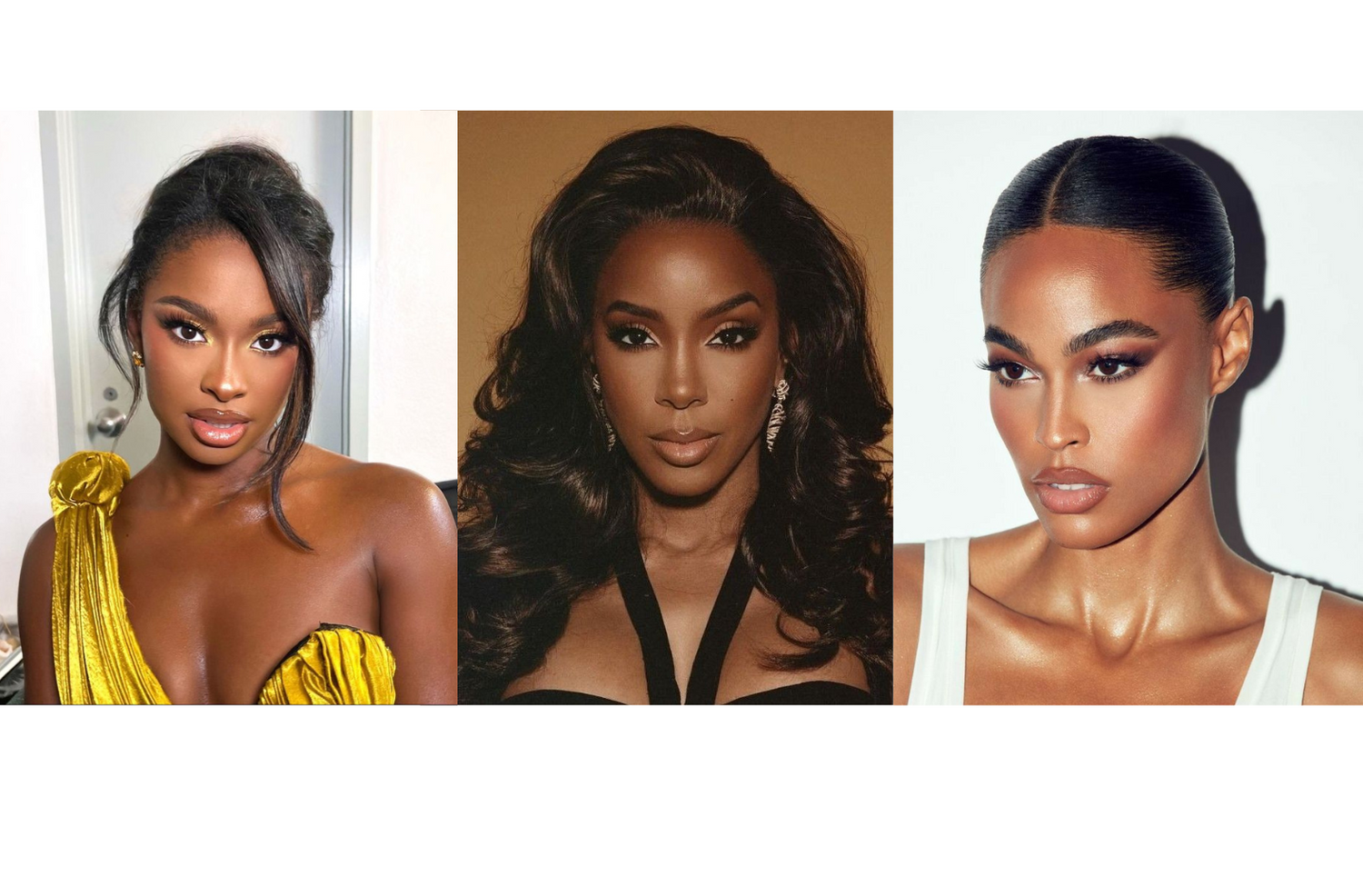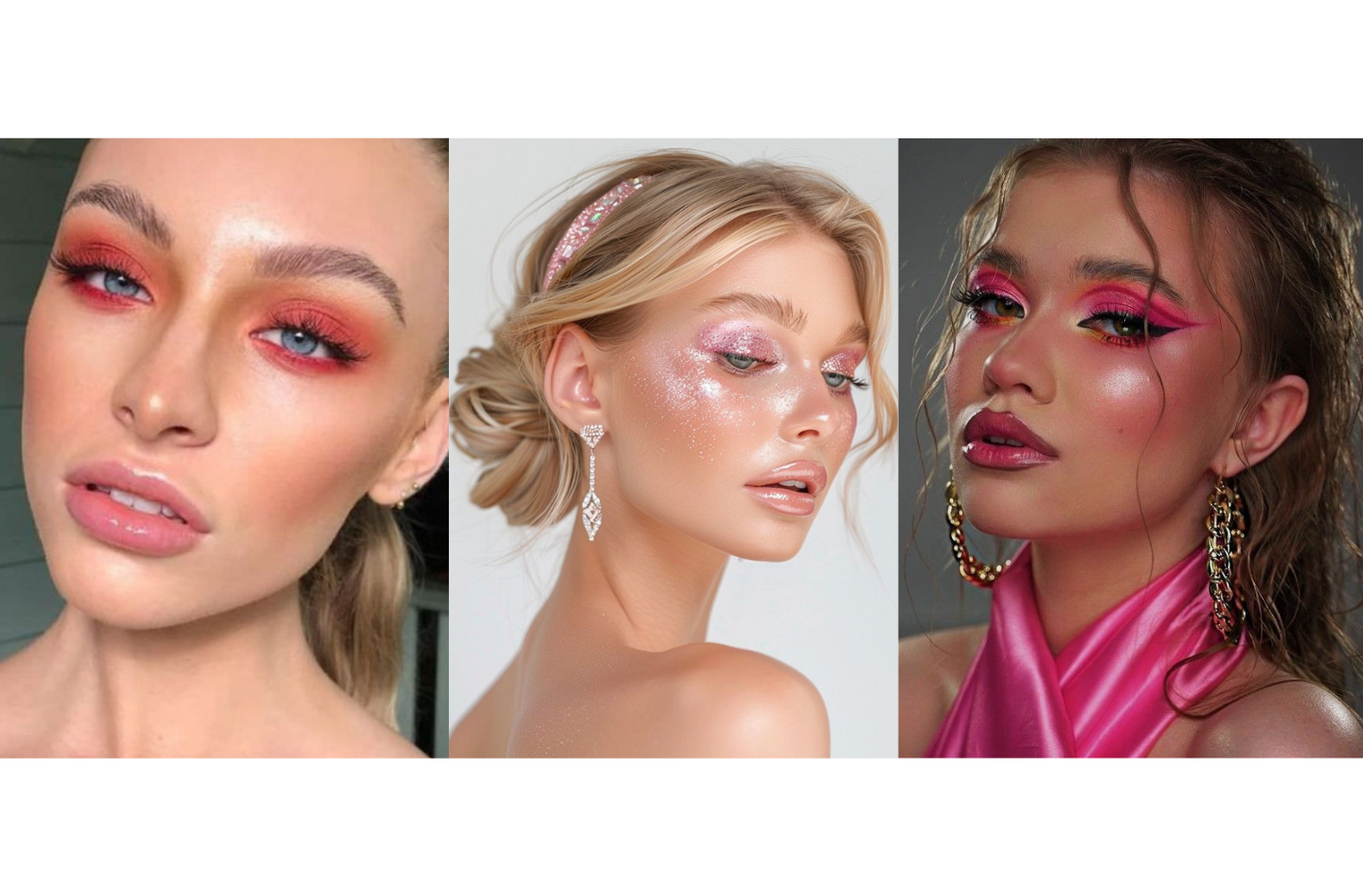When it comes to makeup, one of the most crucial steps is choosing the right foundation coverage. With so many options available, it can be overwhelming to decide which one is best for your skin type and desired look. In this blog, we will explore the different types of foundation coverage, including light, medium, and high, and provide guidance on how to apply each one effectively.
Different Types of Foundation Coverage
Light Coverage Foundation
Light coverage foundations are ideal for those who want a natural, no-makeup-makeup look. These foundations provide a sheer wash of color that evens out the skin tone without hiding all imperfections. Light coverage foundations are perfect for everyday wear, especially for those with clear skin or minor blemishes.
How to Apply Light Coverage Foundation
To apply light coverage foundation, use a light hand and build up the coverage as needed. Start by applying a small amount of foundation to the center of your face and blend it outwards towards the hairline and jawline. Use a light touch and avoid applying too much pressure, as this can cause the foundation to look cakey.
Medium Coverage Foundation
Medium coverage foundations are designed to provide a more polished appearance while still looking natural. These foundations can effectively conceal minor imperfections such as blemishes, dark circles, and patchy skin tone. Medium coverage foundations are suitable for most skin types and are a great option for those who want to enhance their natural beauty without looking too made-up.
How to Apply Medium Coverage Foundation
To apply medium coverage foundation, use a thin layer and build up the coverage as needed. Start by applying a small amount of foundation to the center of your face and blend it outwards towards the hairline and jawline. Use a light touch and avoid applying too much pressure, as this can cause the foundation to look cakey.
High Coverage or Full Coverage Foundation
High coverage foundations are designed to provide a flawless, airbrushed finish. These foundations have a highly pigmented formula that offers high opacity and can effectively conceal significant imperfections such as acne scars, hyperpigmentation, and tattoos. High coverage foundations are suitable for those who want a dramatic, glamorous look and are willing to invest time and effort into applying the foundation correctly.
How to Apply High Coverage Foundation
To apply high coverage foundation, use a thin layer and build up the coverage as needed. Start by applying a small amount of foundation to the center of your face and blend it outwards towards the hairline and jawline. Use a light touch and avoid applying too much pressure, as this can cause the foundation to look cakey.
Tips for Choosing the Right Foundation Coverage
When choosing the right foundation coverage, consider the following tips:
Skin Type: If you have acne-prone skin, choose a medium to full coverage foundation to effectively conceal blemishes. If you have dry skin, choose a light coverage foundation to avoid accentuating fine lines and wrinkles.
Desired Look: If you want a natural, no-makeup-makeup look, choose a light coverage foundation. If you want a more dramatic, glamorous look, choose a high coverage foundation.
Application: Use a light touch when applying foundation to avoid looking cakey. Start with a small amount and build up the coverage as needed.
Buildability: Choose a foundation that is buildable, allowing you to customize the coverage to your desired level.
Our Recommendation
For those seeking a medium to full coverage foundation that provides a flawless, illuminating finish, we highly recommend the L Factor New York Illuminating Foundation. This foundation is formulated with advanced ingredients that not only conceal imperfections but also enhance the skin's natural radiance.
The L Factor New York Illuminating Foundation is a buildable formula that allows you to customize the coverage to your desired level. Whether you're looking to even out your skin tone, cover blemishes, or achieve a luminous, airbrushed look, this foundation delivers. Infused with nourishing ingredients like vitamin E and hyaluronic acid, it helps to hydrate and nourish the skin while providing long-lasting, transfer-resistant coverage.
Suitable for a wide range of skin types, the L Factor New York Illuminating Foundation blends seamlessly and leaves a natural, satin-like finish. It's the perfect choice for those who want a medium to full coverage foundation that enhances their natural beauty without looking cakey or heavy on the skin.
Conclusion
Choosing the right foundation coverage can be overwhelming, but by understanding the different types of coverage and their applications, you can find the perfect foundation for your skin type and desired look. Whether you prefer a light, natural finish or a high, dramatic finish, there is a foundation coverage out there for you. Remember to choose a foundation that is buildable, suitable for your skin type, and provides the desired level of coverage. With the right foundation coverage, you can achieve a flawless, airbrushed finish that enhances your natural beauty.
Foundation Coverage FAQs
Q1: What is the difference between light, medium, and high coverage foundation?
A1: Light coverage foundation provides a sheer wash of color, medium coverage foundation provides a more polished appearance, and high coverage foundation provides a flawless, airbrushed finish.
Q2: Which type of foundation coverage is best for acne-prone skin?
A2: Medium to full coverage foundation is best for acne-prone skin as it can effectively conceal blemishes and imperfections.
Q3: Can I use a high coverage foundation for everyday wear?
A3: High coverage foundation is best suited for special occasions or events where you want a dramatic, glamorous look. For everyday wear, a light to medium coverage foundation is more suitable.
Q4: How do I choose the right foundation coverage for my skin type?
A4: Choose a foundation that is suitable for your skin type. For example, if you have dry skin, choose a light coverage foundation to avoid accentuating fine lines and wrinkles.
Q5: Can I build up the coverage of a light or medium coverage foundation?
A5: Yes, both light and medium coverage foundations are buildable, allowing you to customize the coverage to your desired level.
Q6: How do I apply high coverage foundation correctly?
A6: Apply high coverage foundation with a light touch, starting with a small amount and building up the coverage as needed. Use a foundation brush or beauty blender to blend the foundation seamlessly into the skin.
Q7: Can I use a foundation that is one shade too light or too dark for my skin tone?
A7: No, it's best to choose a foundation that matches your skin tone as closely as possible. Using a foundation that is one shade too light or too dark can look unnatural and accentuate imperfections.
Related Blog: How to choose best foundation for your skin






